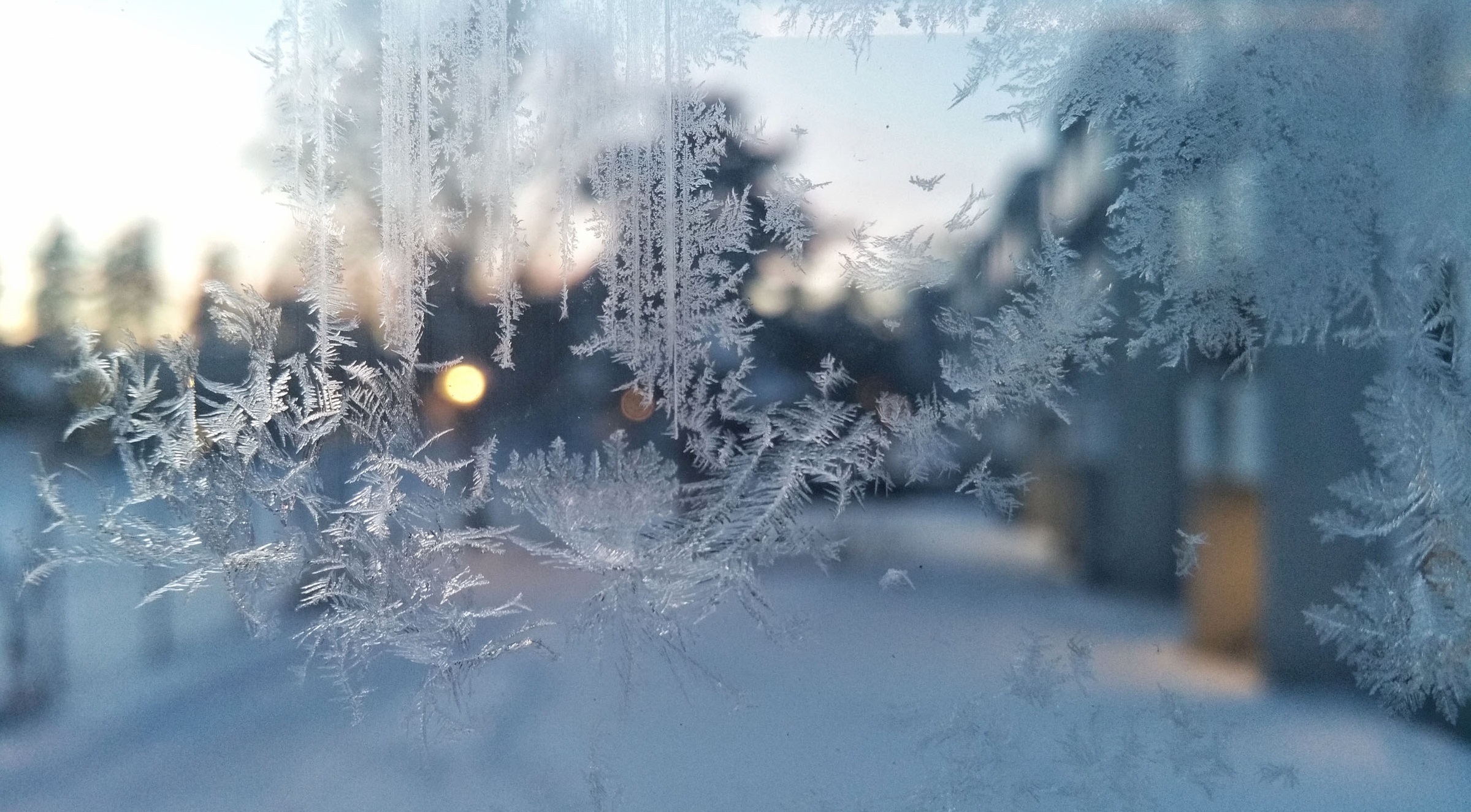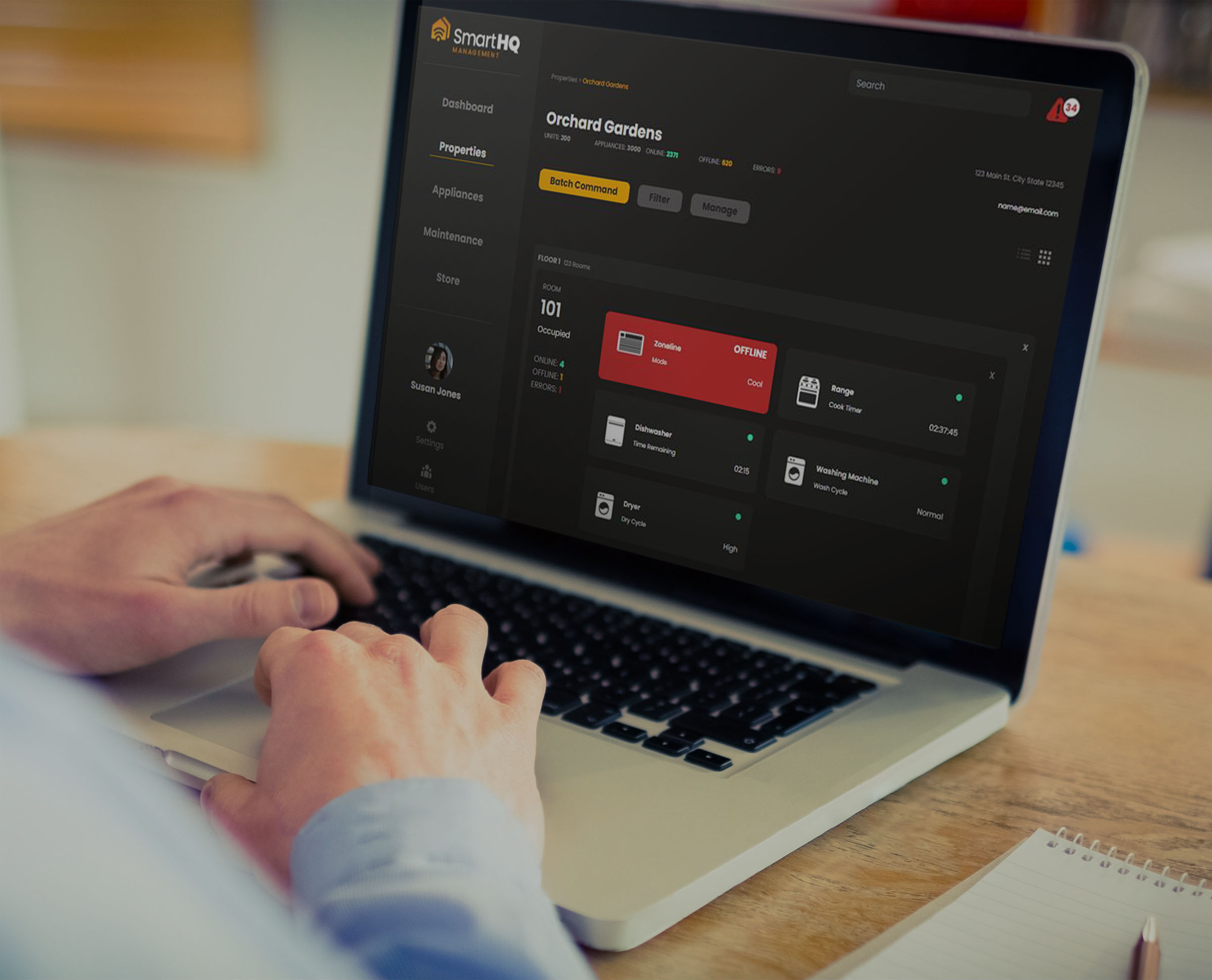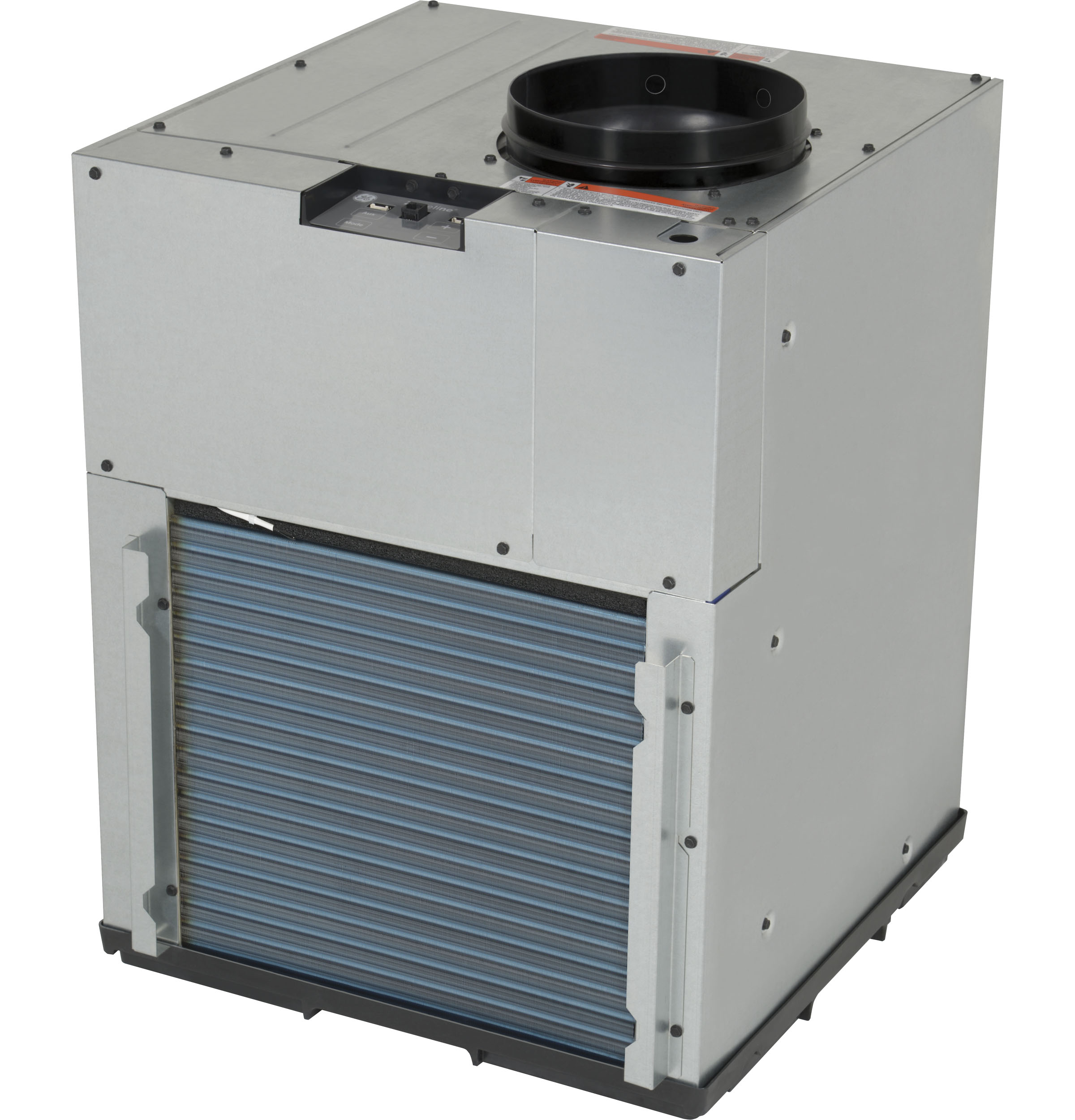New Innovations in Vertical Air Conditioning
Quiet for better sleep

The ultra-quiet capability of the VTAC provides cool comfort without noise, for better indoor environmental quality and, ultimately, good sleep.
In their early development, air conditioning units were noisy. It was an inevitable side effect of a new system. Signs of maintenance issues came in the form of banging, screeching, hissing, and rattling, but sometimes those sounds were just par for the course — a necessary evil for the comforts of a cool indoor climate.
In the 1950s, rotary compressors were developed to help reduce noise, but while air conditioners have improved over the decades, they have continued to emit an unavoidable level of noise. More recently, however, ultra-quiet technology has been built into VTAC systems. The sound is smooth and unobtrusive in a way that doesn’t impede sleep, which is especially important in hotel rooms where individual units are located. In some cases, the divide between a louder air conditioning unit and an ultra-quiet unit is the difference between interrupted sleep and the kind of ambient white noise that can soothe people to sleep.
Reverse-cycle defrost for efficiency

The reverse cycle defrost technology increases efficiency enabling the unit to run in heat pump mode for longer.
Another feature is the reverse-cycle defrost, which increases efficiency and enables the unit to run in heat pump mode longer. Reverse-cycle defrost monitors the outdoor ambient temperature and outdoor coil temperature and will initiate a defrost cycle to the outdoor coil when it gets frosted up. Before the unit runs the defrost cycle, it ensures the room is at the set temperature and follows up with a resistance heating cycle when the defrost ends. Without this technology, the unit forms a layer of ice on the outdoor coil that impedes the heat exchange system. This would cause the VTAC to shift the heat source from heat pump to more expensive backup heating sooner.
Seacoast protection

A rust-proof basepan and platform provide another level of corrosion protection in environments that tend to have more salt and moisture in the air.
Air conditioning systems that are in contact with sea air risk corrosion. The millions of sodium chloride particles create a film on surfaces and attract moisture. The deterioration affects a/c systems, especially steel components. It also impacts the outdoor coil, which is made of copper tubes. If the coil fails, there is a domino effect wherein the system can no longer cool.
New VTAC technology features seacoast protection in the form of a rust-proof base pan and bulkhead as well as a corrosion-resistant coating on the outdoor coils. Other anti-corrosive measures on components include an enclosed fan motor with painted casings, a coating on the outdoor coil, use of coated screws and stainless-steel brackets and other components, as well as additional paint on the compressor and other elements.
Onboard diagnostics
The ability for a system to self-diagnose has become increasingly helpful to owners and maintenance personnel. Onboard diagnostic (OBD) systems use a standardized digital communications port to provide real-time data as well as a standardized series of diagnostic trouble codes that allow a user to identify a problem and, often, solve it. The electronic controls give clear fault codes for quick feedback. Service test modes help provide positive clear resolution.
For the latest VTAC technology, an OBD feature means an HVAC expert doesn’t have to be the first call, and it also means that problems that otherwise might go undetected by a regular HVAC checkup could be detected sooner. In the world of air conditioning systems where one problem can cause a ripple effect of other problems, early detection is essential.
Wi-Fi capability

The Wi-fi capability gives managers the ability to monitor multiple units remotely, which allows hospitality owners to provide guests with more tailored experiences.
One of the more innovative aspects of new VTAC technology is the option to monitor and control the air conditioner by connecting the individual unit’s Wi-Fi to a smartphone. Advantages include the ability to remotely monitor and control the operating mode and fan settings, and the ability to adjust unit auxiliary settings. For owners, these features are helpful because they can control multiple air conditioners on a single app and get maintenance reminders, such as when to clean or change a filter in an individual unit. Wi-Fi capability keeps owners in tune with each unit and allows them to help guests at a hotel, for instance, with the right level of cooling comfort, even from afar.
Benefits to owners, installers and occupant
In the last decade, there has been a trend toward making hotel guests feel more like they are at home. Air conditioning systems that are quiet, hidden, and high-performance contribute to that feeling of comfort. Assisted-living properties also lean toward that expectation. The cold, institutional quality of a nursing home with a common kitchen has been replaced with cozy living spaces featuring individual, full-size kitchens and customized aesthetic designs. Upgrading air conditioning systems is another way to provide a more home-like feel. In place of a window air conditioner or a packaged terminal unit that takes up important furniture real estate, new air conditioning technologies, like the latest VTAC, can be tucked away in corners and closets.
New VTAC systems appeal to another element of construction that has been amplified by COVID-19. The pandemic has created a lot of anxiety around occupying spaces, especially outside the home. As workers go back to work and as consumers go back to staying in hotels, occupant well-being has become one of the biggest goals for architects. People have higher expectations for the spaces they occupy, and that means that a VTAC system that fits beautifully and unobtrusively into a room is going to better provide aesthetic appeal that leads to a sense of well-being. A system that is quiet and easy to use will not only provide occupants with a more enjoyable experience, but also reduce stress and anxiety, contribute to better sleep cycles and physical health and offer an incentive to stay in that space for longer.
In residential buildings such as assisted-living or multi-family buildings, architects are also learning that aesthetic appeal and noise comfort are a top priority. The pandemic has made people reevaluate what is important to them, and technologies that serve that goal are what people are looking for.
The benefits of putting in a high-end, innovative VTAC system work both ways. When employees, residents and guests are satisfied in the space they occupy, they are more willing to pay more for it, or, in the case of workers, choose to work there over another company. Building owners and employers who build a reputation for spaces known for well-being, health, and safety will always have an increased pool of talent and quality occupants to choose from.
This new kind of VTAC system also addresses larger issues in architecture from systemic problems of our current times. For instance, the U.S. is experiencing a monumental labor shortage. In a recent article from CNN, the National Association of Business Economics (NABE) found that 47% of respondents to a business survey reported a shortage in skilled workers in the third quarter of 2021. That’s up from 32% reporting shortages earlier in the year — a number that was still high. Skilled labor shortages were a problem before the pandemic but have been exacerbated because of it. One issue is that many laborers of all kinds have either waited to come back to work, have shifted to staying at home to care for families or have taken the opportunity in uncertain times to switch jobs. But the other reason is that there is now more demand for skilled workers in this pandemic age — especially in building construction.

The VTAC is flexible and can accommodate any space, from assisted-living facilities to luxury hotels to offices.
One of the aspects that makes the latest VTAC system so easy to install is the fact that it is a one-part equipment system versus a two-part equipment system. It can be installed entirely from the inside of the building whereas other systems often need more than one person to help install from both the inside and outside. As seen in the previous section, the instant platform combined with 2 x 4s and an integrated draining system is flexible so that it can accommodate any space, from assisted-living facilities to luxury hotels to offices. The grille and telescoping plenum can adjust to the custom project. The 3-element universal heater provides 2.55 kW, 3.45 kW or 5.0 kW when connected with the appropriate 4-pin power connection kit and personality plug to 230-V or 265(277)-V power.
More than ever, it’s important for building owners to have access to technology that is easy to install and easy to replace — with or without skilled workers. New innovations in VTAC systems allow for easy installation that can be foolproof and up to 60% faster than other systems, which also saves time and money.
New VTAC systems can integrate with other technologies to elevate health, safety and well-being for the occupant. One of those accessories provides freshly circulated air called “makeup air.” The other targets pathogens and bacteria that may be harmful to occupants.










